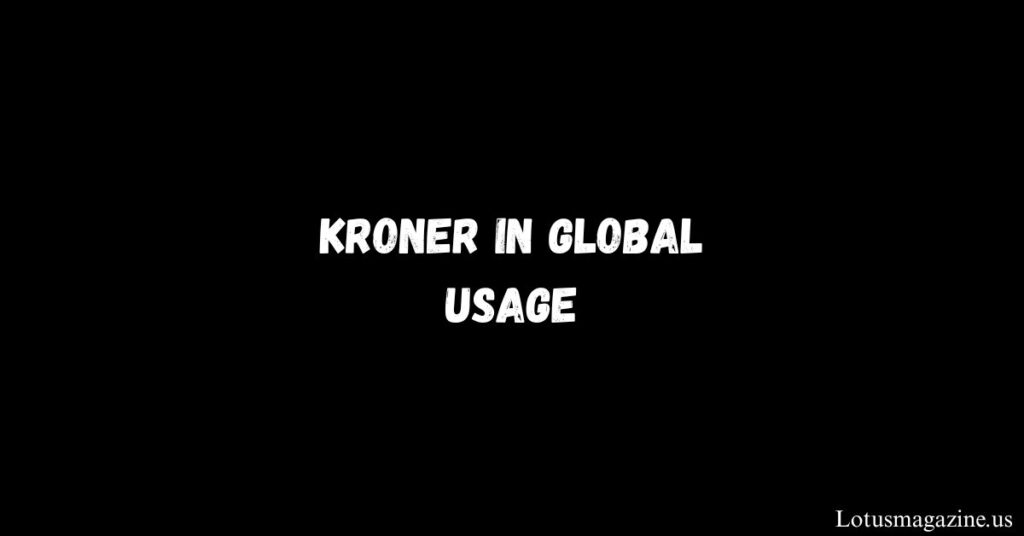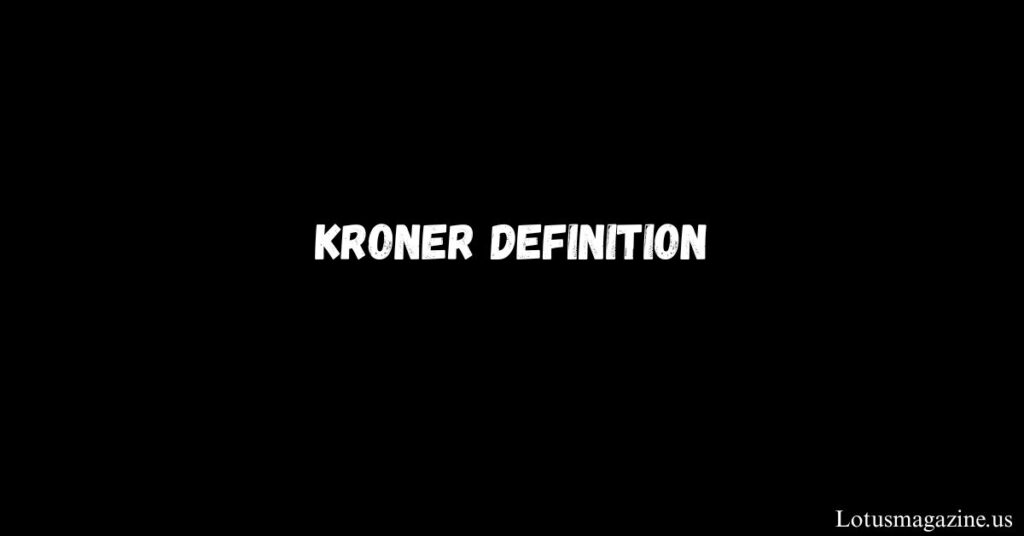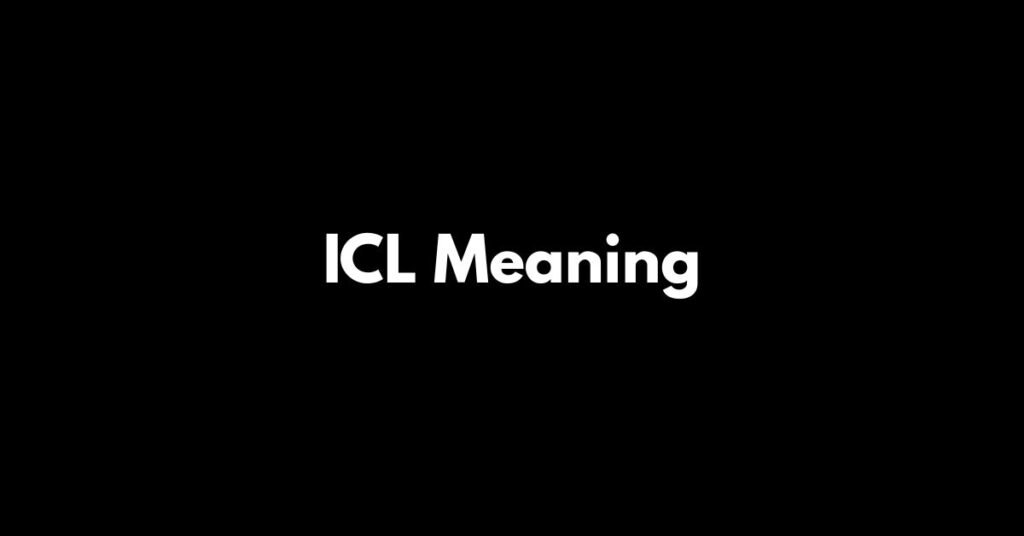Money isn’t just paper and coins—it carries history, identity, and culture. Among the most interesting examples is the kroner, a currency term tied deeply to Scandinavia’s past and present. In this guide, we’ll break down the kroner meaning, its origins, its role in global economics, and even why the word sometimes pops up in unexpected contexts like slang or language searches.
If you’ve ever wondered what is a kroner, how it’s used in 2025, or even the difference between krone and krona, this article gives you everything you need.
What is “Kroner”?
Definition and Origin
The word kroner is the plural of krone, a Scandinavian word meaning “crown.” It comes from the Latin term corona, which also means crown. When Nordic countries established their modern currencies in the 19th century, they symbolically linked them to the monarchy by naming their money after the crown.
- Krone (singular, Danish and Norwegian)
- Kroner (plural, Danish and Norwegian)
- Krona (singular, Swedish)
- Kronor (plural, Swedish)
So, if you hear someone say “two kroner,” they’re simply talking about two units of a Nordic crown-based currency.
Countries Using Kroner/Krona Today
The term kroner isn’t tied to just one country. It spans several economies:
Danish Krone (DKK)
- Introduced: 1875, replacing the rigsdaler after Denmark joined the Scandinavian Monetary Union.
- Where it’s used: Denmark, Greenland, and the Faroe Islands.
- Currency code: DKK.
- Exchange system: The Danish krone is pegged tightly to the Euro within ERM II, meaning its value stays stable against the Euro.
- Subunit: 100 øre = 1 krone.
- Coins & banknotes: 1, 2, 5, 10, 20 kroner coins; banknotes up to 1000 kroner.
Norwegian Krone (NOK)
- Introduced: 1875, replacing the speciedaler when Norway joined the Scandinavian Monetary Union.
- Where it’s used: Norway.
- Currency code: NOK.
- Economic role: Norway’s krone is heavily influenced by oil and gas exports.
- Subunit: 100 øre = 1 krone (coins below 1 krone discontinued).
- Coins & banknotes: Coins in 1, 5, 10, 20 kroner; notes up to 1000 kroner.
Swedish Krona (SEK)
- Introduced: 1873, replacing the riksdaler when Sweden entered the Scandinavian Monetary Union.
- Where it’s used: Sweden.
- Currency code: SEK.
- Euro question: Sweden chose not to adopt the Euro despite EU membership.
- Subunit: 100 öre = 1 krona (öre coins discontinued in 2010).
- Coins & banknotes: 1, 2, 5, 10 kronor coins; notes up to 1000 kronor.
Kroner vs. Krone vs. Krona – Understanding the Difference
It’s easy to get confused by these similar words.
- Krone = singular in Denmark and Norway.
- Kroner = plural in Denmark and Norway.
- Krona = singular in Sweden.
- Kronor = plural in Sweden.
Example:
- “One krone” in Denmark.
- “Two kroner” in Norway.
- “One krona” in Sweden.
- “Two kronor” in Sweden.
This linguistic detail often leads travelers to ask what’s a kroner or search for kroner definition online.
Kroner in Global Usage

Kroner in Currency Exchange and Finance
The Danish krone (DKK), Norwegian krone (NOK), and Swedish krona (SEK) all appear on global Forex markets.
- DKK is stable due to its Euro peg.
- NOK is volatile, often moving with oil prices.
- SEK floats freely and reflects Sweden’s independent monetary policies.
Fact: As of 2025, the Norwegian krone (NOK) trades at around 10 NOK per USD, while the Danish krone (DKK) remains pegged near 7.46 per Euro.
Kroner in Everyday Life
Travelers often wonder: How much is 1 kroner worth?
- Denmark: 1 DKK ≈ $0.14 USD.
- Norway: 1 NOK ≈ $0.095 USD.
- Sweden: 1 SEK ≈ $0.092 USD.
Examples in daily costs (2025):
- Coffee in Oslo: 35 NOK.
- Bus ticket in Copenhagen: 24 DKK.
- Lunch in Stockholm: 120 SEK.
For travelers, it’s essential to remember that credit cards are widely accepted across Scandinavia, but cash in kroner/krona is still used for small transactions.
Kroner in Historical Context
The Scandinavian Monetary Union
From 1873 to World War I, Denmark, Norway, and Sweden formed the Scandinavian Monetary Union, adopting krone/krona at equal value, replacing older currencies like the rigsdaler, speciedaler, and riksdaler.
- 1873: Sweden introduces krona.
- 1875: Denmark and Norway introduce krone.
- 1914: Union dissolves due to WWI, but the countries kept their kroner/krona.
This union laid the foundation for today’s shared terminology.
Economic Crises and Kroner Value
- 1970s Oil Boom: Strengthened the Norwegian krone.
- 2008 Financial Crisis: Weakened SEK and NOK temporarily.
- COVID-19 Pandemic: Both NOK and SEK dropped in early 2020 before stabilizing.
Other Meanings of “Kroner”
Kroner in Slang
In everyday Scandinavian speech, kroner simply means money in general. Just like “bucks” in the US or “quid” in the UK, Scandinavians might say, “I don’t have any kroner” to mean they’re broke.
Kroner in Global Awareness
Outside Scandinavia, many confuse kroner with the Euro, since Denmark is in the EU and Sweden is a member state. However, all three countries still use their crown-based currencies.
Related Terms and Confusions
Why “Hiatus” Appears Alongside Kroner
Searches for kroner definition sometimes pull in unrelated terms like hiatus because both words get explained in language guides. But they’re completely different:
- Kroner = money (plural of krone).
- Hiatus = a pause or gap, used in general language, anatomy (like the esophageal hiatus), linguistics (two vowels without a consonant), and television (season break).
Alternatives to “Hiatus”
If you’re dealing with the word hiatus, you might replace it with:
- Formal: intermission, recess, adjournment.
- Professional: sabbatical, leave of absence, break.
- Casual: time off, pause, downtime, breather.
This section matters because users often search “kroner meaning” and “hiatus meaning” together, but the two are unrelated.
Common Search Queries About Kroner
Here are the most frequent questions people ask in 2025:
- What is a kroner?
It’s the plural of krone, meaning “crown,” used as money in Denmark, Norway, and Sweden. - Define kroner.
A monetary unit in Nordic countries, plural form of krone/krona. - What’s kroner?
A term for Scandinavian currency, also slang for money. - Kroner definition.
Plural form of krone, official currency unit in Denmark (DKK), Norway (NOK), and Sweden (SEK).
Table: Kroner Currencies Overview
| Country | Currency Name | Code | Subunit | Coins & Banknotes | Notes |
|---|---|---|---|---|---|
| Denmark | Danish krone | DKK | 100 øre | Coins: 1,2,5,10,20 kr | Pegged to Euro |
| Norway | Norwegian krone | NOK | 100 øre | Coins: 1,5,10,20 kr | Oil-driven economy |
| Sweden | Swedish krona | SEK | 100 öre | Coins: 1,2,5,10 kr | Öre coins discontinued 2010 |
Conclusion
The word kroner carries more than financial weight—it’s a symbol of national identity, history, and cultural pride in Scandinavia. Whether you’re a traveler asking what is kroner, an investor tracking NOK and SEK, or a linguist curious about plural forms, understanding kroner offers insight into both language and money.
From the rigsdaler and speciedaler of the past to today’s stable Nordic economies, the kroner has stood the test of time. And while the word might sometimes get mixed up with terms like hiatus, the meaning is clear: kroner is money, pure and simple.
“Money is not just currency—it’s a crown that represents sovereignty.”

James Henry – Writer at Lotus Magazine, providing expert mobile network guides with clarity and precision.



